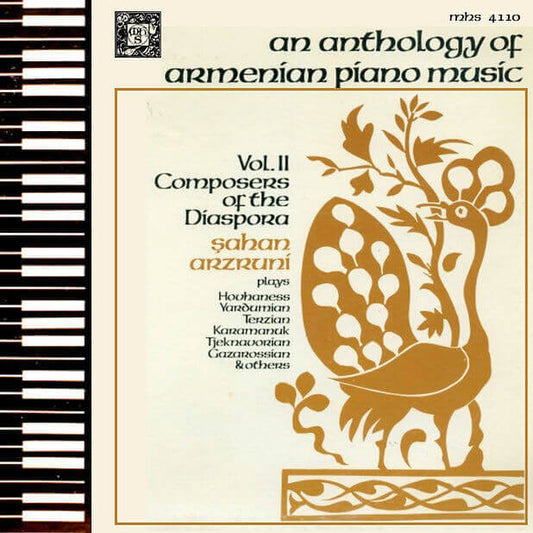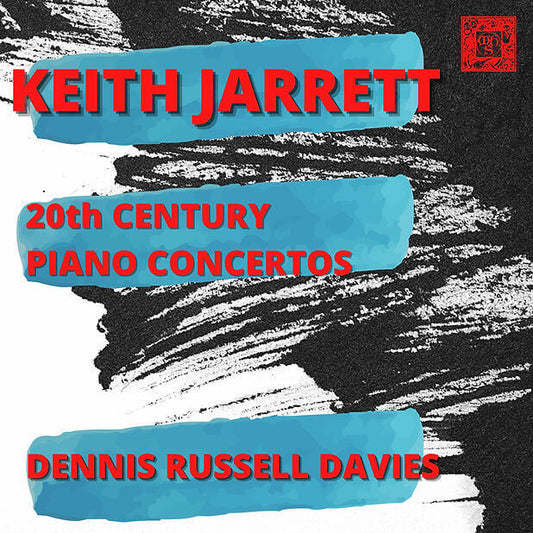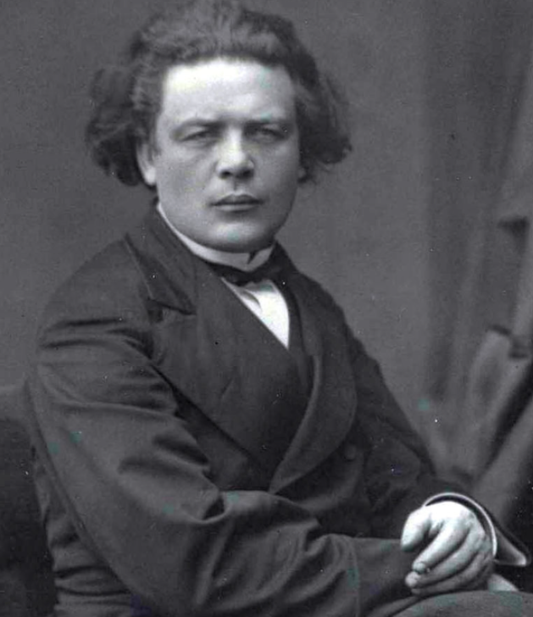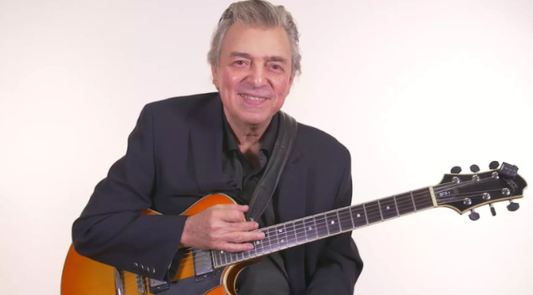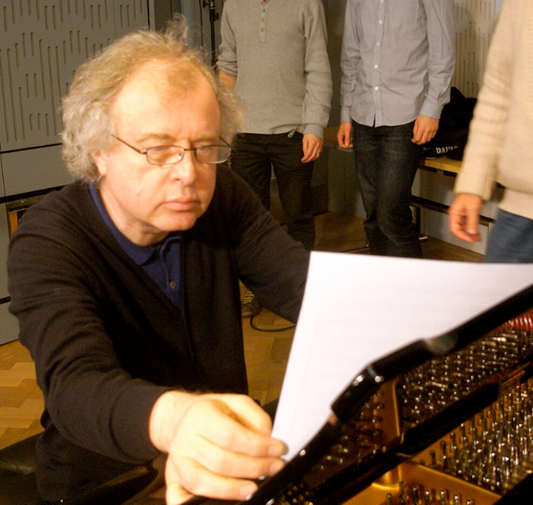Collection: ALAN HOVHANESS (1911-2000)
Alan Hovhaness (1911-2000) was a remarkably individualistic and extraordinarily prolific American composer, known for his distinctive blend of Western musical traditions with the spiritual and musical aesthetics of the East, particularly Armenia, India, Japan, and Korea. His vast output, deeply personal style, and exploration of mystical and natural themes set him apart from the dominant trends of 20th-century music.
Born Alan Vaness Chakmakjian in Somerville, Massachusetts, to an Armenian father (a chemistry professor) and a Scottish-American mother, Hovhaness showed early musical promise, reportedly composing by age four. His initial musical experiences included Baptist hymns and recordings of the influential Armenian composer-priest Komitas Vartabed. He pursued formal studies at Tufts College and later the New England Conservatory of Music with Frederick Converse. An early influence was Jean Sibelius, whom Hovhaness visited in Finland in 1935. His early compositions often combined Baroque structures with late-Romantic melody.
A significant turning point occurred in the early 1940s. Reportedly spurred by criticism (possibly from figures like Aaron Copland and Leonard Bernstein during studies at Tanglewood) and encouraged by the mystic painter Hermon di Giovanno, Hovhaness undertook a radical reassessment of his work. He claimed to have destroyed hundreds, perhaps even over a thousand, of his early compositions in a desire to forge a new, more authentic path. This path led him to embrace his paternal Armenian heritage more fully. His appointment as organist at St. James Armenian Church in Watertown, Massachusetts, around 1940 immersed him in Armenian liturgical music and its modes. This period (roughly 1943-1951) is often referred to as his "Armenian period," characterized by works incorporating Armenian modes, melodies (though often original rather than quoted folk tunes, with exceptions like the Armenian Rhapsodies), and a focus on long, flowing melodic lines, sometimes over drones. He also developed a technique sometimes called "spirit murmur," a form of controlled aleatoricism where musicians repeat melodic fragments independently, creating a shimmering texture predating similar techniques by European composers.
Hovhaness's musical world expanded significantly beyond Armenia. He was deeply interested in the music of India (learning sitar), Japan (particularly gagaku court music), and Korea. Travels to these regions in the late 1950s and early 1960s, funded by grants, allowed him to study with local musicians and further integrate non-Western scales, rhythms, instrumentation, and philosophical outlooks into his compositions. His style became known for its lyrical expressiveness, often modal harmonies, intricate rhythms, use of unusual instrumental combinations (including Korean percussion), and a frequent sense of reverence, mystery, and connection to nature and the cosmos – themes reflected in many of his titles. His lifelong fascination with astronomy also surfaces in his work.
Hovhaness was one of the most prolific composers of the 20th century. His official catalogue includes 67 numbered symphonies (with evidence suggesting over 70) and 434 opus numbers, though the actual number of distinct surviving works likely exceeds 500. His compositions span orchestral works, concertos, chamber music, operas, ballets (including three for Martha Graham), choral works, and solo pieces.
Among his most famous and frequently performed works are Symphony No. 2, "Mysterious Mountain" (Op. 132, 1955), commissioned by Leopold Stokowski and popularized by a Fritz Reiner recording, known for its majestic, hymn-like qualities and spiritual atmosphere. Another popular piece is And God Created Great Whales (Op. 229, No. 1, 1970), commissioned by Andre Kostelanetz, which innovatively incorporates pre-recorded songs of humpback and bowhead whales into the orchestral texture. Other notable works include the Prayer of St. Gregory, Magnificat, Lousadzak (Concerto for Piano and Strings), and numerous symphonies exploring diverse influences.
Despite periods of considerable popularity, Hovhaness remained something of an outsider, his accessible, often tonal or modal, and spiritually infused music standing apart from the academic serialism prevalent for much of his mid-career. He taught at the Boston Conservatory (1948-51) and worked briefly for Voice of America before dedicating himself primarily to full-time composition. In the early 1970s, he moved to Seattle, Washington, where he continued composing prolifically until his health declined in the late 1990s. He died in Seattle in 2000.
Alan Hovhaness left a unique legacy as a composer who forged a deeply personal musical language by synthesizing Western traditions with diverse global influences. His immense body of work offers listeners experiences ranging from meditative tranquility to ecstatic grandeur, marked by melodic invention and a profound sense of the spiritual and the cosmic.

